Art
Rembrandt Was a Genius, a Sage, and a Snob—and He Left behind a Mysterious Legacy
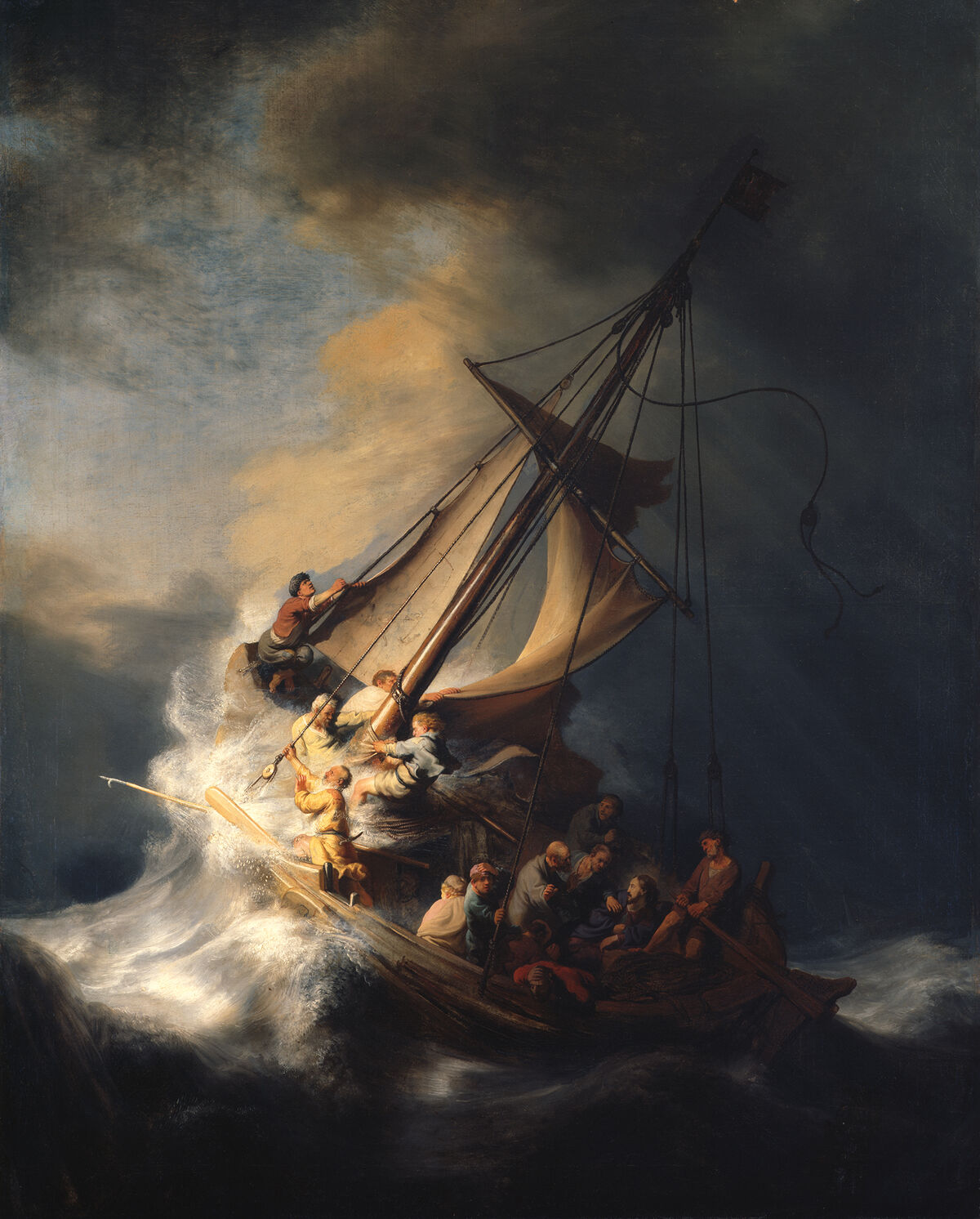
Rembrandt van Rijn, Christ in the Storm on the Sea of Galilee, 1633. Photo via the Isabella Stewart Gardner Museum.
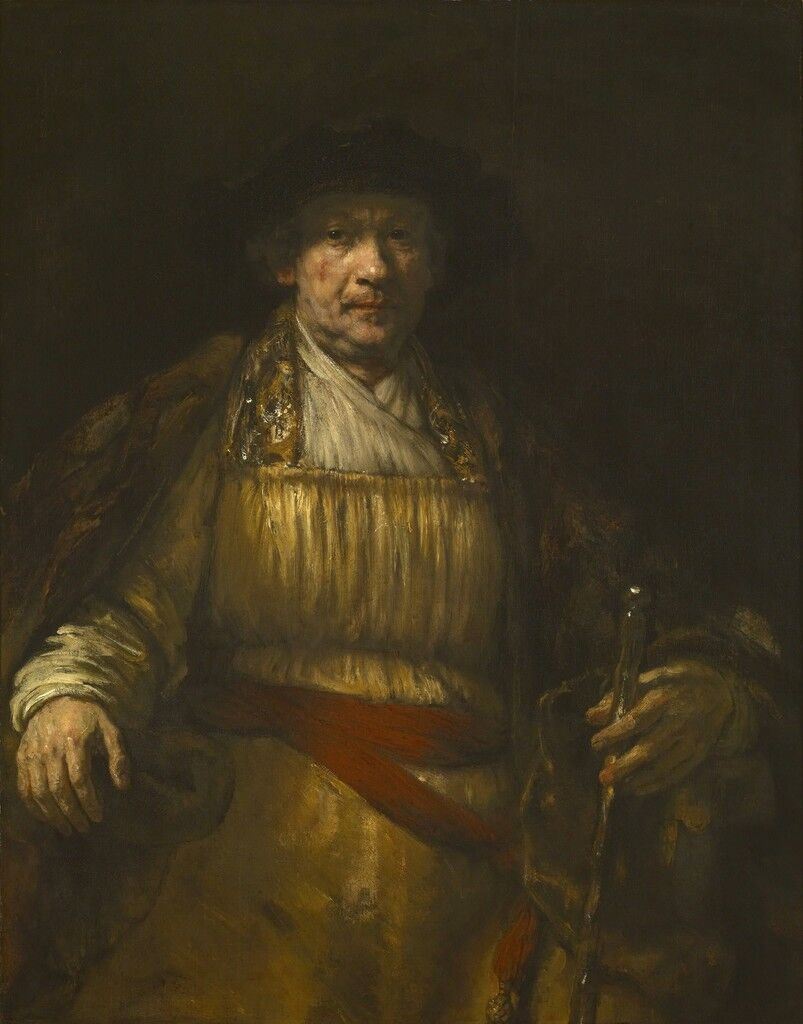
Rembrandt van Rijn
Self-portrait, 1658
The Frick Collection, New York
He left no diaries. No memoirs. No letters besides the occasional plea for patronage. His most substantial contemporary biography, no more than a few paragraphs in all, reveals little beyond the human capacity for understatement. “He was moved toward the art of painting and drawing,” the text reads. “It was clearly evident that he would one day become an exceptional painter.” The entirety of his known painterly philosophy amounts to six words: to produce die meeste ende die natureelste beweechlickheyt—or “the greatest and most natural movement”—a phrase whose precise meaning remains hotly contested to this day. In the annals of art history, there are those whose stories remain shrouded by the passage of time. And then there is Rembrandt.
Never has such renown yielded so little historical certainty. Some four centuries on, this ambiguity has lent itself to a multitude of narratives about the immortal painter of The Night Watch (1642). Buried in an unmarked grave in 1669 “without a friend or a guilder, or even a good piece of herring,” as art historian Seymour Slive once wrote, Rembrandt’s body was not yet cold in the ground before his resurrection was underway. According to art critic Sylvia Hochfield, by the middle of the 18th century, “the ultimate outsider was becoming the ultimate misunderstood genius.” By the 19th century, Rembrandt was branded a rabble-rouser, a Romantic, a democratizer of the arts and society. In the 20th century, he had almost vaporized—reduced to a kind of disembodied spirit looming over a body of work deemed increasingly impossible to distinguish from that of his pupils.
What has emerged over time is a contradictory composite: Rembrandt the sage; the lout; the populist; the snob. To accept any one title over another is, in a sense, to miss the point. For as with Rembrandt’s remarkable oeuvre, the truth is found not in parsing the artist’s various characteristics, but in learning to embrace the multiform whole.
A child of the Dutch Golden Age
The eighth of nine children, Rembrant Harmenszoon van Rijn was born just as the first rays of the Dutch Golden Age were breaking over Europe. The year was 1606. There had never been a better time to be a Netherlander. Having declared independence from Spain three decades prior (a conflict that nonetheless continued), the nascent republic had charted a swift and dazzling course to opulence. In 1602, the world’s first stock exchange had been founded in Amsterdam, instantly establishing the Dutch Republic as the world’s foremost mercantilist economy. In the words of the French philosopher René Descartes, who had himself relocated to Amsterdam, “[It is] a great town, where everyone, except me, is in business.”
The newly flush Dutch were eager to flaunt their wealth through the purchase and display of artwork, so it was here, in Holland, that Rembrandt lived, learned, and made his name. Relatively little is known about the artist’s youth. After a brief stint at Leiden University in 1620, Rembrandt bounced around Holland well into his twenties, apprenticing with a series of well-known history and landscape painters. These appointments would take him from Leiden to Amsterdam in 1624, back to Leiden around 1625, and finally back to Amsterdam in 1632. There, he earned plaudits from one Constantijn Huygens, the private secretary to Prince Frederik Hendrik, and—in the words of Rembrandt biographer Simon Schama—“arguably the most strategically influential patron in the Dutch Republic.” Thoroughly impressed with the young artist’s virtuosic detail, Huygens declared that Rembrandt was capable of masterpieces to be compared “with all Italy, indeed, with all the wondrous beauties that have survived from the most ancient days.”
A swift rise to success—and fall from grace
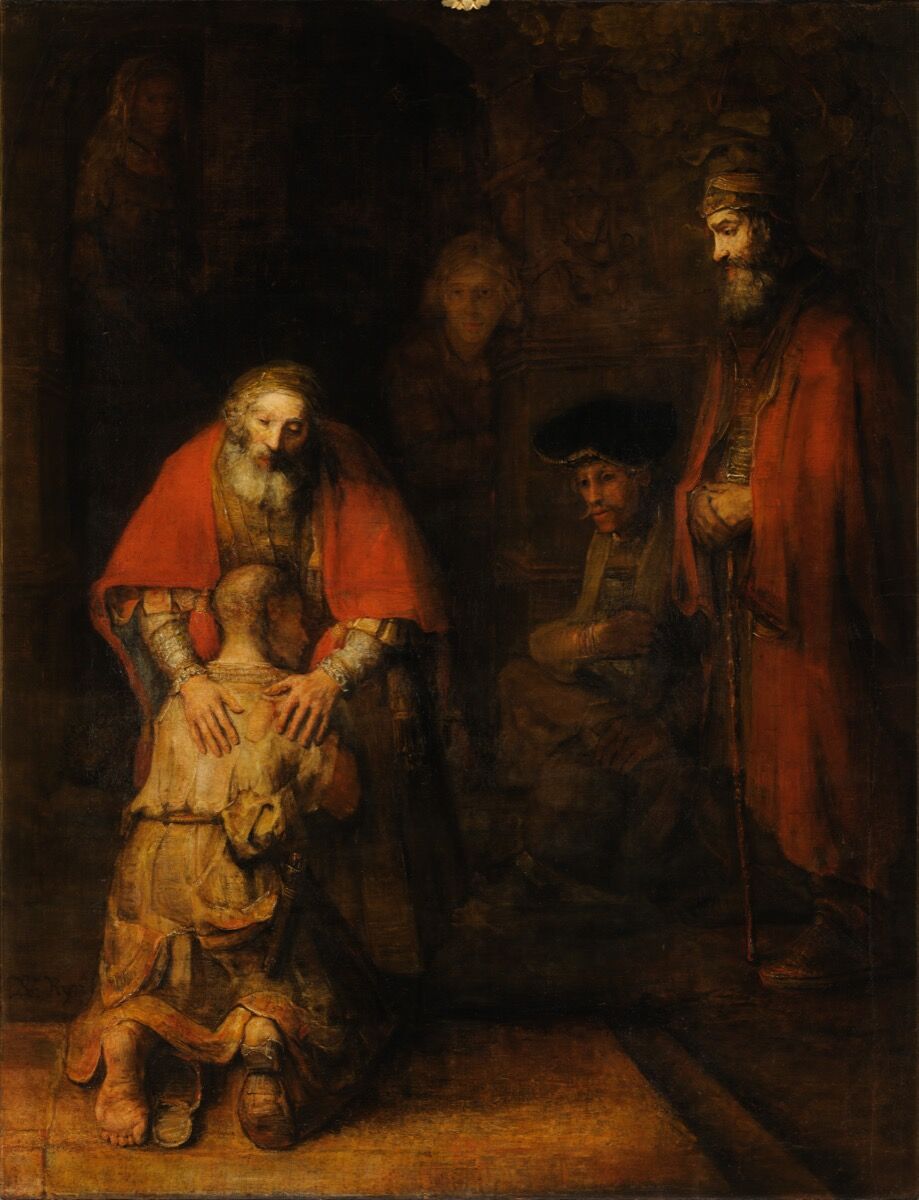
Rembrandt van Rijn, Return of the Prodigal Son, 1668. Photo via Wikimedia Commons.
The commissions flowed in. A spirited self-branding campaign followed. By the early 1630s, Rembrandt had taken to signing works with only his first name, inserting himself into the rarified company of such Italian master artists as Leonardo, Titian, Michelangelo, and Raphael. He also took the liberty of adding in a “d”—transforming himself from “Rembrant” to “Rembrandt”—in an apparent attempt to make his name a play on the Dutch words for “obstruct” (rem) and “light” (brandt) to further underscore his signature chiaroscuro style. Finally, in 1639, he made his most daring statement yet, purchasing a stately brick manor from the same family that had sold the artist Peter Paul Rubens his own. At a staggering 13,000 guilders, it was well beyond the budding artist’s means. But not his ambitions.
Shortly thereafter, however, things took a marked turn for the worse with the death of Rembrandt’s first wife, Saskia van Uylenburgh, in 1642. Whether from grief or other external pressures, Rembrandt’s productivity suddenly dropped off. He took out substantial loans, beginning, for the first time, to underwrite his debts with promises for future commissions, simultaneously exacerbating his fiscal burden and multiplying his artistic obligations. The cycle repeated. The noose tightened. By 1655, Rembrandt was all but broke. In a last-ditch effort to save his home from the hands of his creditors, he arranged to transfer the mortgage to his only son, 14-year-old Titus van Rijn. The gambit failed. The house was sold; his possessions auctioned for pennies. Though his artistic career was far from over, the artist would never fully recover.
The legacy he leaves behind
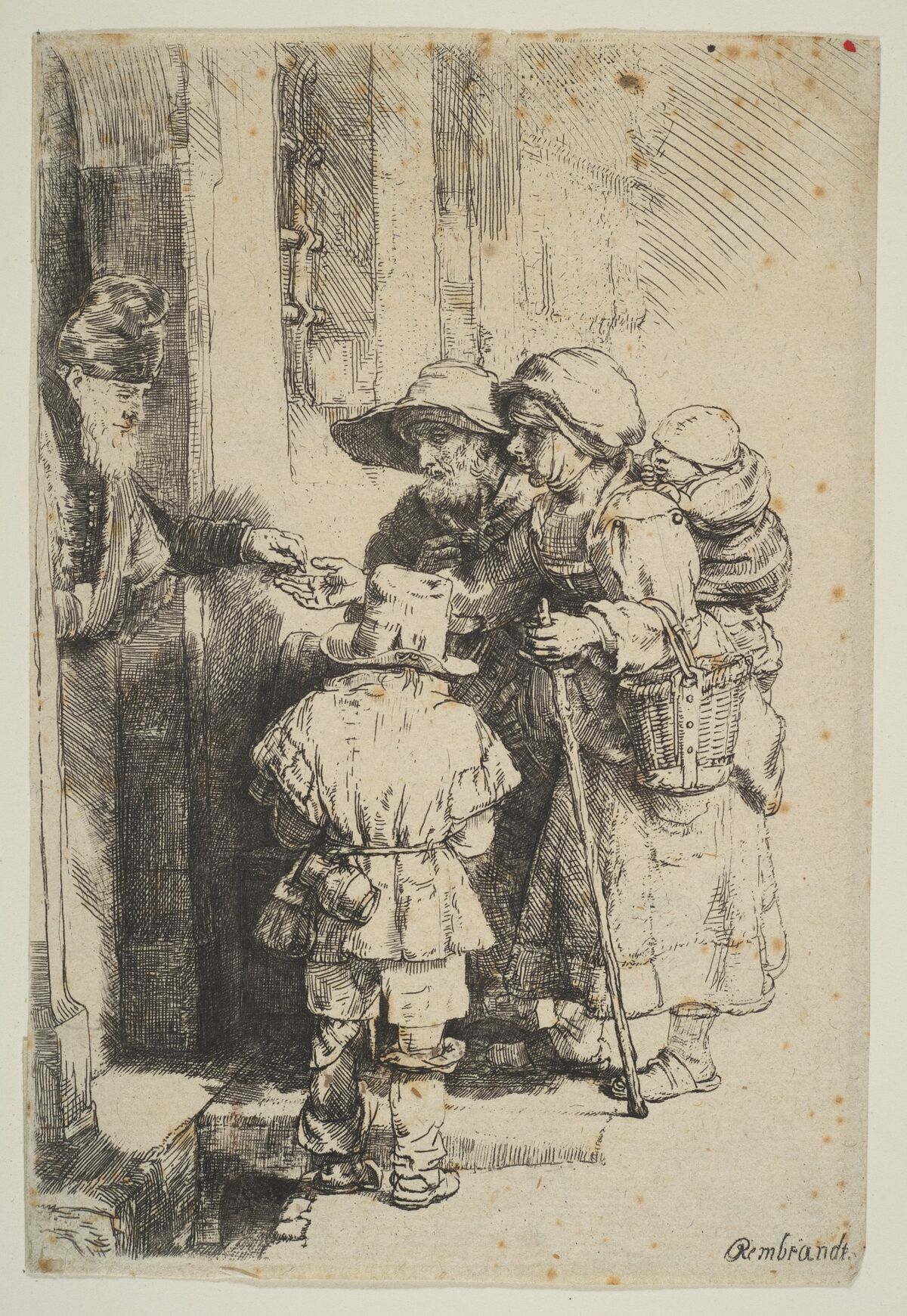
Rembrandt van Rijn, Beggars Receiving Alms at the Door of a House, 1648. Photo via The Metropolitan Museum of Modern Art.
Rembrandt was an artist who revelled in the superabundance of earthly life. He found it everywhere he looked. “His sketchbooks reveal much of what inspired him,” says Rosalind Ormiston, author of Rembrandt: His Life & Works in 500 Images and the forthcoming Vermeer and the Dutch Masters. “His drawings feature passers-by that Rembrandt spotted in the street; scenes from the outskirts of Amsterdam; country lanes; trees; nearby cottages—everything about the Dutch world around him.” Rembrandt’s insatiable fascination was hardly limited to his sketches. When city officials arrived at his home in 1656 to conduct an inventory of his now-bankrupt estate, they stumbled upon a cornucopia of curiosities: four flayed arms and legs; a set of Javanese shadow puppets; 47 specimens of land and sea animals; “a quantity” of antlers; a box of minerals; a wooden trumpet. In the words of Schama, this eclectic compendium was not quite “an Olympus of junk,” but certainly “something more than a magpie’s nest.”
Yet there was also a side of Rembrandt that was decidedly more gritty; more visceral. “From the beginning he was profoundly drawn to ruin; the poetry of imperfection,” Schama elaborates. “He enjoyed tracing the marks left by the bite of worldly experience.” As an artist, Rembrandt gloried in illuminating the very real facets of human life often shielded from the public imagination. Perhaps most flagrantly, a number of his sketches feature an exactingly rendered scene of incontinence, whether by a man, woman, infant, or animal. His depiction of the homeless, too—at a time of great moral disdain for those living at the margins of society—is similarly unstinting; fueled, no doubt, by the same urge to render life in all its unmitigated vitality.
This defining approach and mentality is at the heart of all of Rembrandt’s most enduring work, though nowhere more so than in his self-portraits. Over the course of his artistic career Rembrandt would distinguish himself by painting his own likeness dozens of times, bequeathing, through these works, far and away the most comprehensive surviving record of his life. Today, these pieces offer our clearest window into the painter’s soul. We see Rembrandt as a young and enterprising upstart; a surly would-be aristocrat; a pallid, weary elder crushed beneath the weight of his own hubris.
Like perhaps no one else, Rembrandt relished the brutal honesty of the mirror, captivated, always, by his own capricious nature. It would prove to be his most enduring muse. “He introduces himself to us in every stage of his life,” Ormiston tells Artsy. “To view these portraits now is a unique experience—one that brings us closer to him, to his family, to his patrons, and ultimately to ourselves.”
Ian Shank

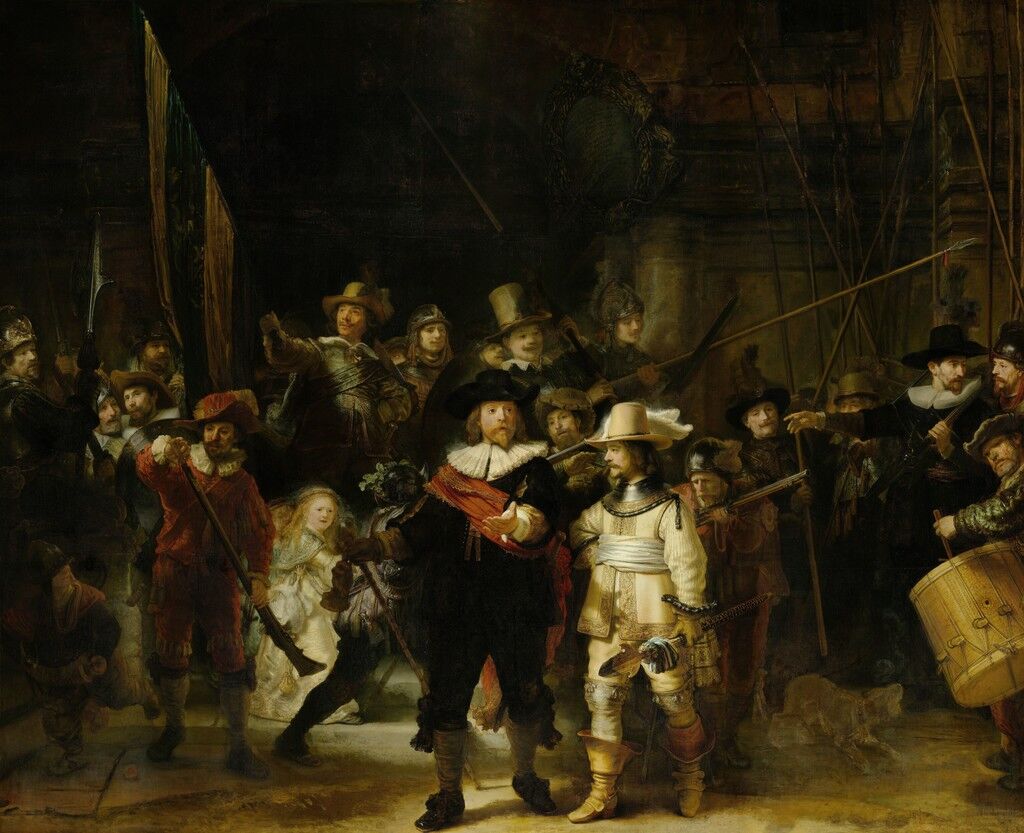
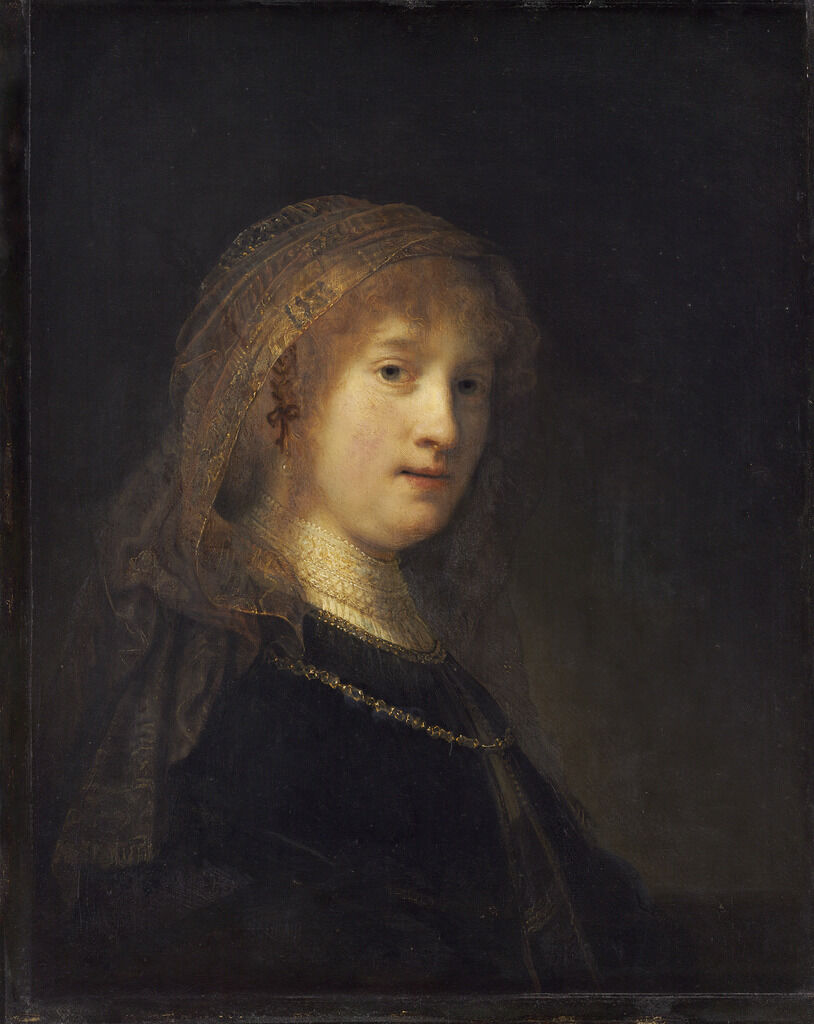
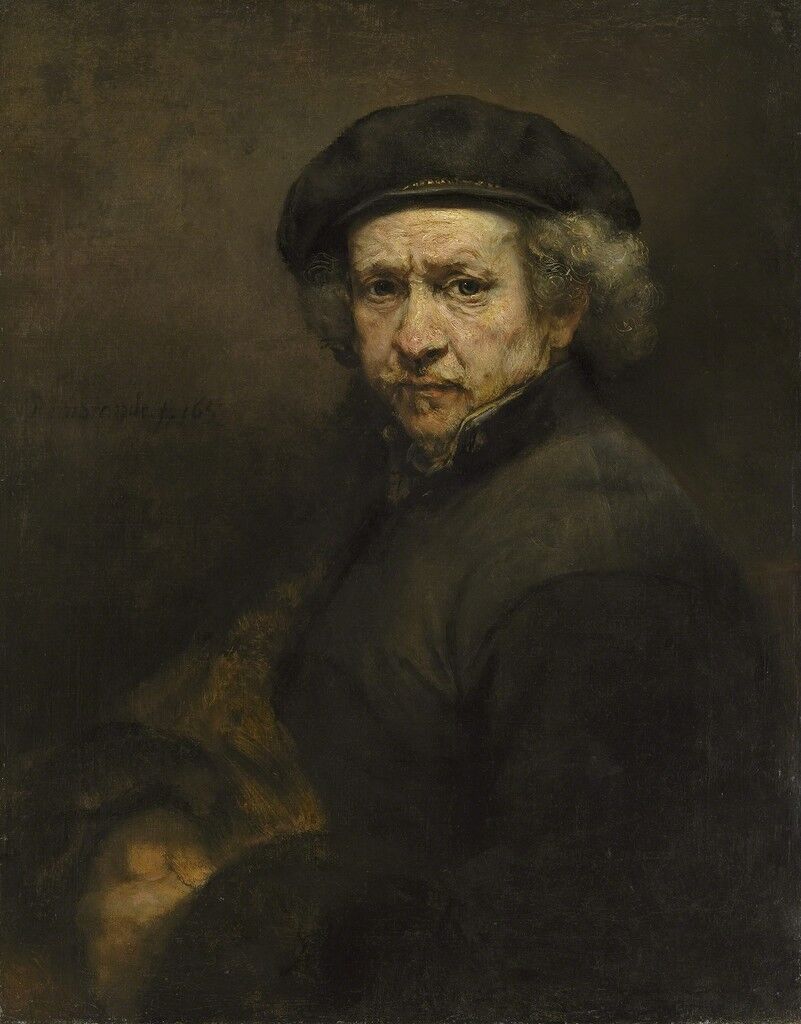
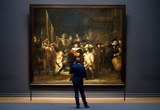
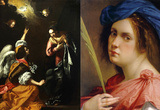
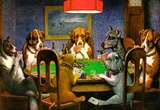
No comments:
Post a Comment